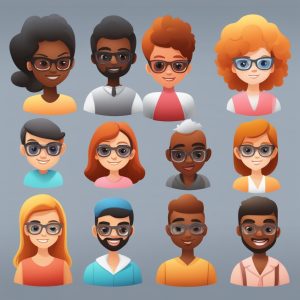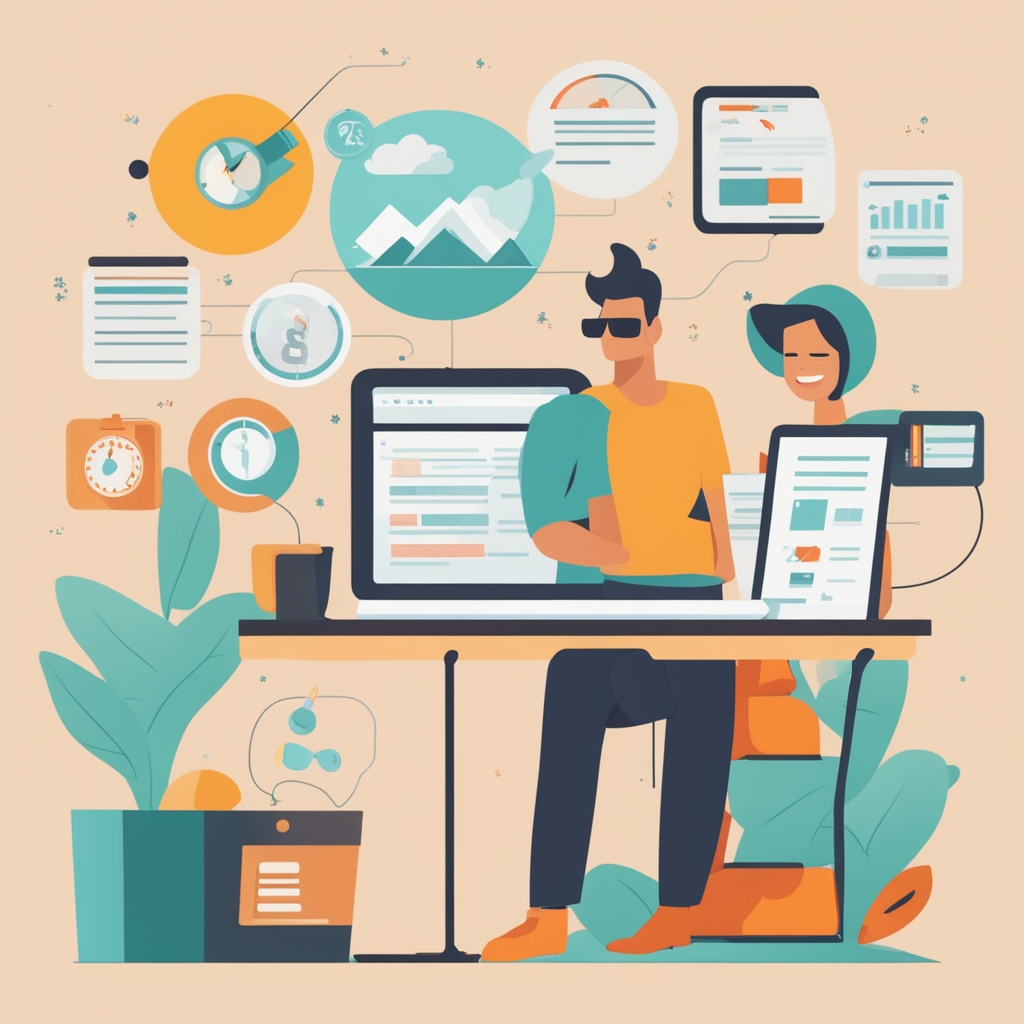How To Earn By Creating Online Baby Products

The baby product market is booming, especially online. Parents are constantly searching for high-quality, innovative, and practical products for their little ones. This presents a golden opportunity for entrepreneurs to tap into this market by creating and selling baby products online. This article will guide you on how to earn by creating online baby products, from identifying market trends to launching and marketing your products.
1. Understanding the Baby Product Market
The global baby products market includes clothing, toys, feeding accessories, health care, and more. The demand for sustainable, customizable, and multifunctional products is increasing. Before you start, it’s crucial to study the market and identify niches that have potential.
Popular Product Categories:
- Clothing and Accessories: Organic baby clothes, customizable bibs, and headbands.
- Toys and Educational Items: Sensory toys, wooden toys, and Montessori-inspired products.
- Feeding and Nursing Products: Baby bottles, silicone bibs, and food storage solutions.
- Health and Safety Products: Baby monitors, baby-proofing items, and skincare products.
Key Trends to Watch:
- Eco-friendly and Sustainable Products
- Personalized Baby Gifts
- Digital Baby Content (Printables and Online Courses)
2. Steps to Start Your Online Baby Product Business
Step 1: Choose Your Niche
Selecting a niche helps you stand out in a competitive market. Some popular niches include:
- Organic baby clothing
- Customized baby accessories (e.g., name blankets)
- Educational toys for toddlers
- Baby skincare products
Step 2: Product Design and Development
Focus on creating unique, high-quality products that meet the needs of modern parents. Ensure your designs are safe, durable, and compliant with safety regulations for baby products.
Example: If you’re making baby toys, ensure they’re BPA-free and meet safety standards.
Step 3: Sourcing and Manufacturing
Decide whether you’ll produce the items yourself, partner with a manufacturer, or use dropshipping. Research reliable suppliers to ensure consistent quality.
- In-house Production: Good for personalized or handmade products.
- Third-party Manufacturing: Scalable for larger production runs.
- Dropshipping: No inventory costs, but you rely on third-party suppliers.
Step 4: Create an Online Store
You can sell through multiple platforms, such as:
- E-commerce Platforms: Shopify, WooCommerce, or BigCommerce for building a dedicated store.
- Marketplaces: Etsy (great for handmade and personalized items), Amazon, eBay.
Ensure your website is user-friendly, with professional product images, detailed descriptions, and customer reviews.
3. Marketing Your Online Baby Products
Marketing is key to growing your online business. Here’s how to get the word out:
Social Media Marketing
Use platforms like Instagram, Facebook, and TikTok to showcase your products. Focus on engaging, visually appealing content.
- Share behind-the-scenes videos of product creation.
- Collaborate with parenting influencers.
- Run giveaways and promotions.
Content Marketing
Create helpful content around parenting and baby care to build trust with your audience. Start a blog, YouTube channel, or podcast offering tips for new parents.
SEO and Paid Ads
Optimize your website for search engines by using relevant keywords. Run targeted ads on Facebook, Google, and Instagram to reach new customers.
4. Additional Ways to Earn with Online Baby Products
1. Sell Digital Baby Products
Consider creating and selling digital products, such as:
- Printable baby milestone cards
- Digital baby journals
- Online parenting courses
2. Subscription Boxes
Offer curated subscription boxes with baby essentials and surprises for parents. These provide a recurring income stream.
3. Affiliate Marketing
If you have a blog or YouTube channel, you can recommend baby products and earn commissions through affiliate marketing programs.
5. Ensuring Long-Term Success
To succeed in the long term, focus on these key elements:
- Consistent Quality: Build trust with your audience by maintaining high-quality standards.
- Customer Engagement: Actively engage with your customers through email marketing and social media.
- Product Expansion: Keep introducing new products based on customer feedback and market trends.
Creating and selling online baby products is a profitable business opportunity if done right. By identifying your niche, offering high-quality products, and using strategic marketing techniques, you can build a successful online baby product business. Whether it’s physical products, digital content, or subscription boxes, the possibilities are vast. Stay innovative, listen to your customers, and watch your business grow!


















